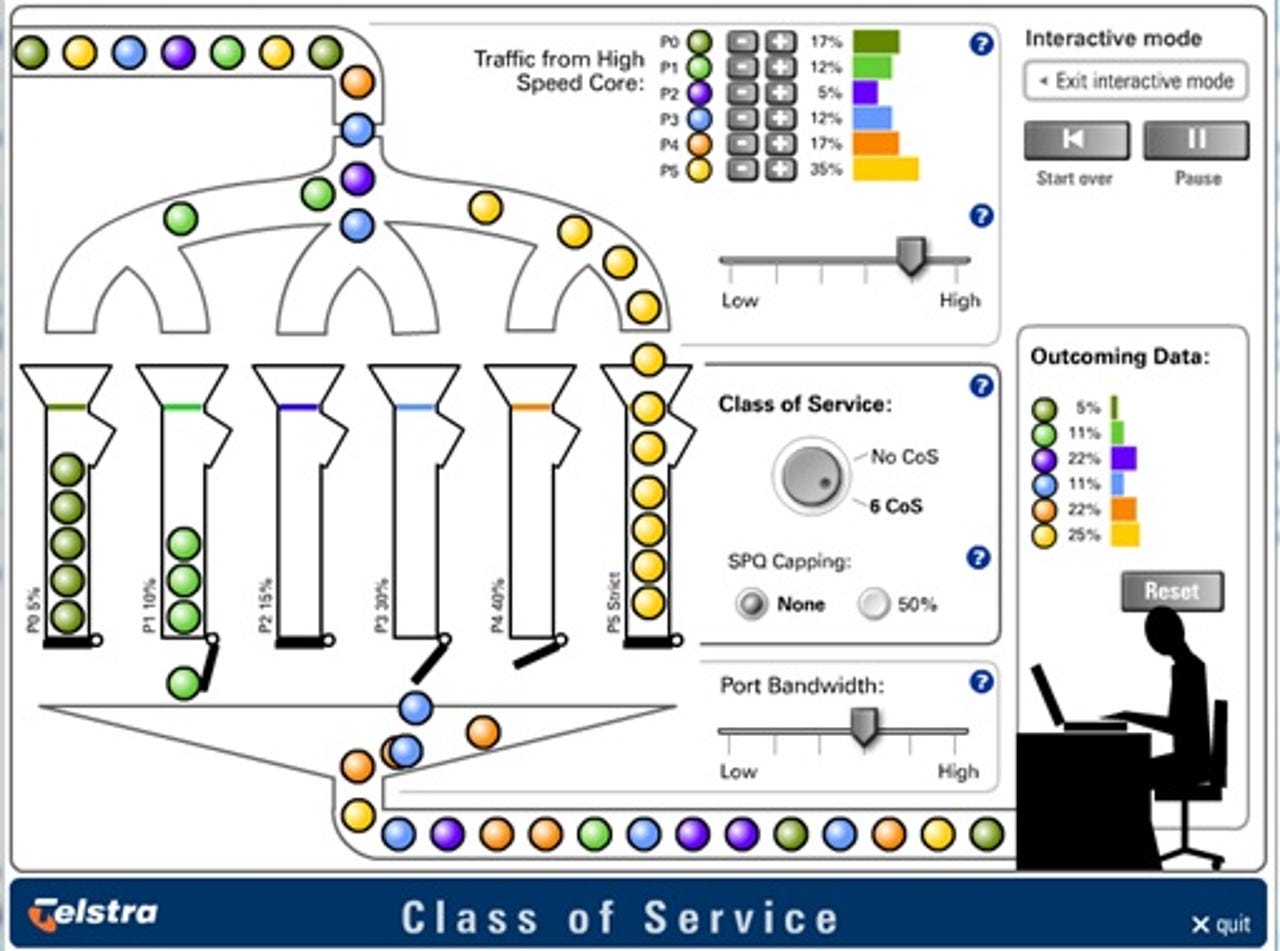The one where someone's stealing Wi Fi
Ok, I said I would not reminisce, but in the context of where we are going, I need to discuss where we've been. Stay with me, the jokes get better.
The future challenge for Wide Area Networks (WAN) will be, as it always has been, assured application performance. Application performance is a term that roles off the tongue, but in Churchillian style "never has so much technology been thrown at one small challenge". Bandwidth, QoS, CoS, WAN Optimisation, DPI, AVC, Netflow, IPSLA, PfR... (My sub-editor just had a seizure!)
The complexity of the application performance challenge makes you wonder whether WANs were such a good idea, given companies like Riverbed are founded on making applications perform more like they are still on the LAN. However, WAN is a valued reality in terms of serving applications to end users with application performance something we have to assure as part of the networking challenge.
I remember when we implemented Dynamic Class of Service (DCoS), packet prioritisation based in IP header markings, with the technology key to supporting customer demand to converge different application types, with different network demands, on the one network.
The 'killer app' for DCoS was IP Telephony - video conferencing in particular - where tolerance for queues introducing latency and jitter is at a minimum.
The flash animation below, referred to by some at Telstra as "Craig's Ball Game", explains DCoS:

Dynamic CoS was, and still is, critical in an IP network looking to assure converged application transport. However in 2005, we started to discuss with our customers the notion that the network could do more than 'just' packet prioritise based on header markings.
We believed we could be more granular in terms of identifying applications by signature, providing customers the ability to add bandwidth/QoS on demand in response to application specific performance challenges. In addition, customers could block undesirable applications, even by time of day event setting, to facilitate better network resource management.
It took us a while to launch Application Assured Networking (AAN), but I am glad to reveal we now have more than 560 VPN's using AAN, and more than 700 policy control activations per month (i.e. enable bandwidth/QoS or block application).
The customer benefit stories around AAN are many and varied, but here's an old 'staff favourite'. It's the story of one of our early adopter AAN customers who got a mild surprise when 'Starcraft' ended up in the sites top 10 applications by bandwidth utilisation.
More recently, we were taking a new customer through introductory AAN training and our consultancy service desk noticed some very large YouTube and other web traffic spikes that the customer noted were after his branch/store had closed for the day.
Using IP address drill down, we were able to pinpoint the source of the traffic to the customer's Telstra managed Meraki Wi-Fi network.
Our initial guidance to the customer was to lock the network down so only authorised users could access it with a password. This option was not preferred, as the owner likes their customers to have hassle free wi-fi access within the store.
That being the case, we recommended the customer shutdown the public access after hours, stopping the traffic and reducing overall internet usage.
Post implementation of the recommendation, AAN reporting confirmed after hours YouTube/Internet usage had stopped and importantly, that other monitoring applications were still functional.
For the service providers out there reading my blog - a great friend of mine, Chris Cullan from InfoVista, refers to cases like this as a chance for the SP to move from being an 'up/down operator' to an 'application performance partner'.
There are many more customer use cases around AAN validating the benefits an intelligent network can provide to customers. It's noteworthy that AAN is provided from within our Next IP core network, with no extra onsite equipment required. Maybe next time I can discuss how the application based enablement of bandwidth/QoS within AAN is helping our customers do what they need to do, i.e. grow revenue and as in the case of this customer, cut costs.